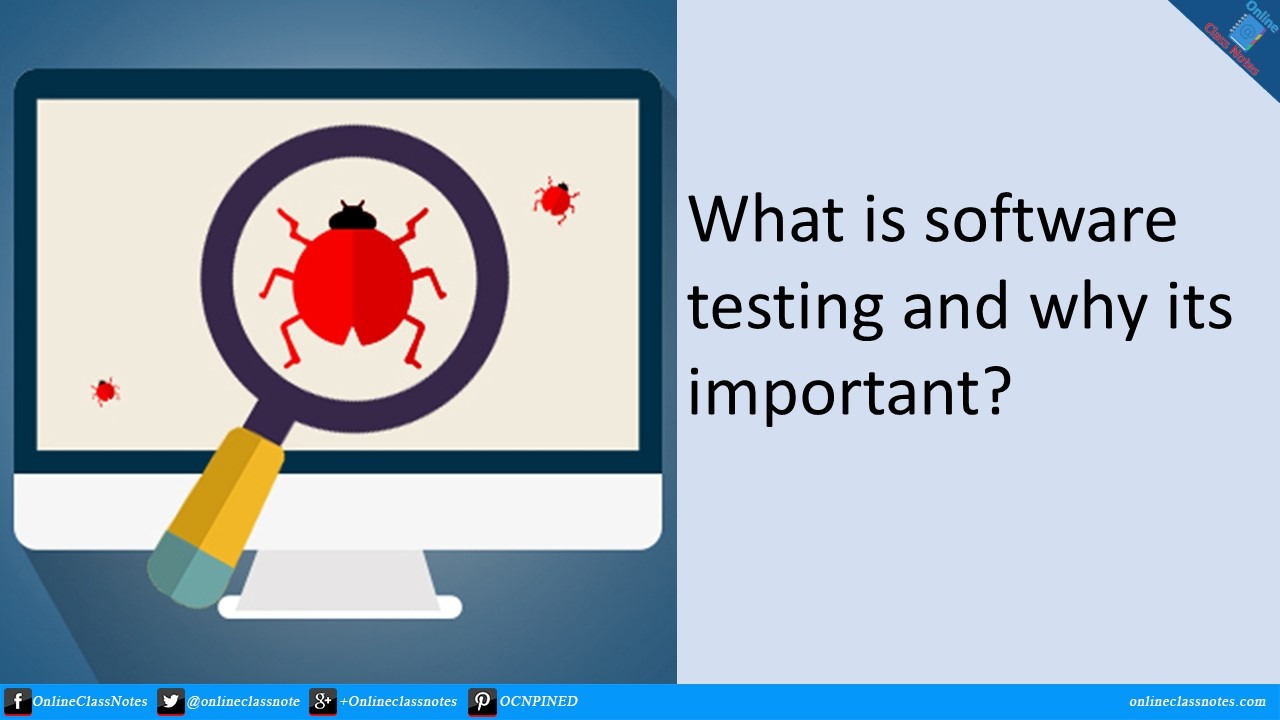In today’s rapidly evolving technological landscape, software testing plays a crucial role in ensuring the quality and reliability of software applications. With the advent of automation tools and frameworks, there has been a growing debate about the relevance of manual testing. This blog post aims to explore the evolving landscape of software testing methodologies, examining whether manual testing remains relevant in an era dominated by automation. So, let’s dive in and unravel the intricacies of this fascinating topic.
software testing
What is software testing and why is it important? Explain different types of testing techniques.
Unveiling Software Testing: Its Significance and Various Testing Techniques
Introduction:
Software testing plays a crucial role in the development process, ensuring that software applications meet the desired quality standards, are free from defects, and function as intended. It involves evaluating software components, functionalities, and systems to uncover bugs, errors, and deviations from expected behavior.
The importance of software testing in the software development life cycle
Software development has evolved rapidly over the years, with new tools, technologies, and programming languages being introduced regularly. However, amidst this rapid change, one aspect of software development has remained constant: the importance of software testing. Software testing is a crucial step in the software development life cycle, as it helps to identify and resolve issues in software before it is released to end-users. In this article, we will explore the importance of software testing in the software development life cycle.


